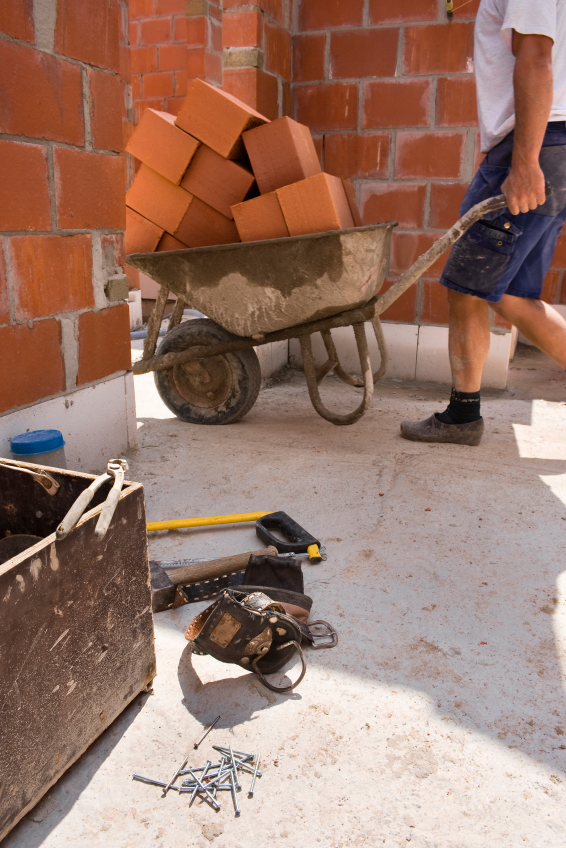Bricklayers and Mesothelioma
Mesothelioma Risk for Bricklayers from Asbestos in Mortar
You build load-bearing walls. You build decorative walls. You construct chimneys, pave walkways and sometimes become exposed to asbestos.
That’s because asbestos exposure goes with the territory when you lay bricks for a living.
But with asbestos exposure there also comes the risk of mesothelioma. As a bricklayer, your risk for developing this particular cancer is moderate to high.
The reason is that the materials of your craft once contained large amounts of asbestos. These materials included:
- Bricks
- Mortar
- Sealants
Search high and low for a pre-1990s brick containing zero asbestos and you would find almost none. In fact, nearly every brick you examined would consist in large part of asbestos.
Asbestos was added to make bricks lighter and stronger. It was added to mortar for the same reasons, but also to make it a better barrier against heat, cold and moisture.
The asbestos in mortar actually posed very little danger while you were fashioning a bed to seat each successive course and then filling the perpends. That was because the mortar was wet.
The danger developed beforehand, when pouring the unprepared dry mortar from the bag into the mixer or mixing container. Doing so raised a billowing cloud of dust that contained asbestos fibers.
A similar cloud is produced as well by roughing up old mortar to overlay it with fresh mortar. This is in preparation to repair holes or install replacement bricks.
Asbestos Risk All Around You

When these materials are removed to make way for new, asbestos-free versions, the same problems you face happen to the workers in those other trades: asbestos is released.
The bad part is they — and you — are in the vicinity when that asbestos release occurs.
When asbestos gets into the air, you can end up inhaling the toxic mineral without knowing it. Asbestos you breathe settles deep within your lungs. If you breathed it 30 years ago, it’s still there.
That’s not good. Asbestos in your lungs can turn the lining of your lungs into a sheet of cancer cells — mesothelioma.
Union Offers Help
Perhaps this union represents you. If so, you may find it helpful to check out the IUBAC’s programs designed to educate members about the dangers of asbestos.
But in case you cannot wait to take and complete one of these education programs, unions like the IUBAC recommend actions you can take right now to start protecting yourself from asbestos:
- Make a habit of wearing a full-face respirator while you work.
- Keep broken bricks and old mortar damp or wet with a mist or spray of water.
- See your doctor regularly and ask your doctor to pay special attention to the area around your lungs, heart and abdomen. Those are the places where mesothelioma can strike.
